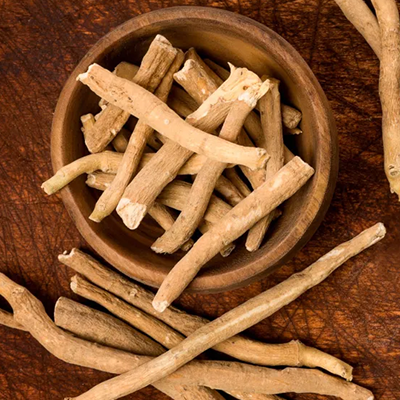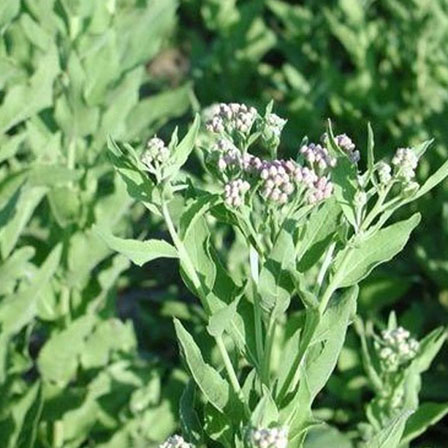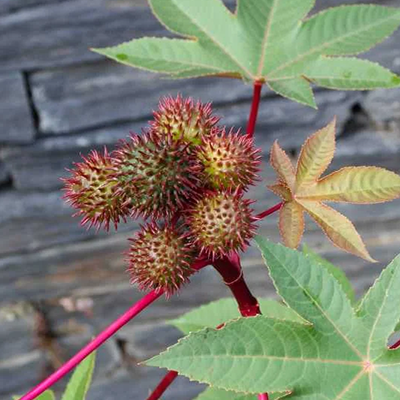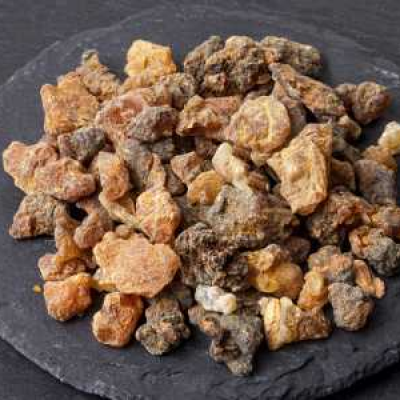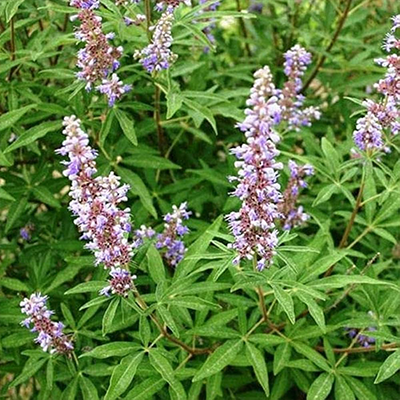Sciatica is a condition characterized by pain that radiates along the path of the sciatic nerve, the largest nerve in the body. This nerve runs from the lower back, through the hips and buttocks, and down each leg. Sciatica typically affects only one side of the body and is often caused by compression or irritation of the nerve.
Causes of Sciatica
Sciatica occurs when the sciatic nerve is compressed or irritated. Common causes include:
- Herniated Disc: A slipped or ruptured spinal disc pressing on the nerve
- Spinal Stenosis: Narrowing of the spinal canal in the lower back.
- Piriformis Syndrome: Tightness or spasm in the piriformis muscle compressing the nerve.
- Degenerative Disc Disease: Age-related wear and tear causing nerve compression.
- Spondylolisthesis: A vertebra slips out of alignment and presses on the nerve.
- Trauma or Injury: Fractures or accidents damaging the spine or pelvis.
- Pregnancy: Pressure on the sciatic nerve due to increased weight or posture changes.
Types of Sciatica
Acute Sciatica
- Sudden onset.
- Lasts for a few days to weeks and is usually self-limiting.
Chronic Sciatica
- Long-term pain that persists for over three months.
- Requires medical or therapeutic intervention.
Alternating Sciatica
- Pain alternates between the legs.
- Often associated with joint instability.
Bilateral Sciatica
- Rare but affects both legs simultaneously.
- Usually due to severe spinal problems like cauda equine syndrome.
Signs and Symptoms of Sciatica
The symptoms depend on the severity and location of nerve compression but typically include:
Pain
- Sharp, shooting pain that radiates from the lower back to the leg.
- Often worse when sitting, coughing, or sneezing.
Numbness or Tingling
- Pins-and-needles sensation in the leg, foot, or toes.
Weakness
- Difficulty moving the leg or foot.
- Reduced strength in the affected limb.
Burning or Electric Sensation
- A burning or searing pain along the nerve pathway.
- Difficulty standing, walking, or maintaining posture due to pain.
Diagnosis of Sciatica
Medical History and Physical Examination
Assessing symptoms and performing movement tests to identify nerve involvement.
Imaging Tests
- X-rays: To check for bone abnormalities or fractures.
- MRI/CT scans: Detailed images of soft tissues, discs, and nerves.
- Electromyography (EMG): Evaluates nerve function and damage.
Straight Leg Raise Test
- Pain during this test suggests nerve root irritation.
Ayurvedic Treatment for Sciatica
Detoxification (Shodhana)
Panchakarma therapies to expel toxins and balance doshas:
- Virechana (Purgation): Cleanses toxins from the gastrointestinal tract to balance Vata.
- Basti (Medicated Enemas):
- Anuvasana Basti: Oil-based enemas to nourish and lubricate the nerves.
- Niruha Basti: Herbal decoctions to cleanse and calm Vata.
External Therapies
- Abhyanga (Oil Massage): Using medicated oils like Mahanarayana Taila or Ashwagandha Taila to improve blood flow and reduce nerve pain.
- Kati Basti: Warm medicated oil retained on the lower back to relieve pain and inflammation.
- Pinda Sweda (Herbal Poultice Massage): Application of warm herbal poultices to alleviate stiffness and improve mobility.
Dietary Recommendations (Ahara)
- Favour warm, light, and easily digestible foods.
- Include foods that pacify Vata, such as:
- Warm soups, ghee, nuts, sesame seeds, and cooked vegetables.
Avoid:
- Cold, dry, and processed foods.
- Excessive caffeine or alcohol.
Lifestyle Modifications (Vihara)
- Regular mild exercises like yoga, walking, or swimming to improve flexibility.
- Avoid prolonged sitting or heavy lifting.
- Practice proper posture while sitting and sleeping.
Yoga and Pranayama
Yoga postures to stretch and strengthen the back and legs:
- Bhujangasana (Cobra Pose)
- Shalabhasana (Locust Pose)
- Pawanmuktasana (Wind-Relieving Pose)
- Setu Bandhasana (Bridge Pose)
Pranayama techniques like Anulom-Vilom and Nadi Shodhana help calm the nervous system.
Herbal Remedies
Ashwagandha (Withania somnifera)
Strengthens nerves and reduces inflammation.
Rasna (Pluchea lanceolata)
Anti-inflammatory and pain-relieving properties.
Eranda (Castor oil)
Promotes Vata balance and reduces pain.
Guggulu (Commiphora mukul)
Effective in reducing joint and nerve inflammation.
Nirgundi (Vitex negundo)
Relieves pain and stiffness.
Rasayana (Rejuvenation Therapy)
- Dashmoolarishta: Strengthens the nerves and reduces inflammation.
- Chyawanprash: Improves immunity and nourishes the body.
Sciatica requires early intervention to prevent chronic complications.
Ayurveda offers holistic management by addressing the root cause and promoting overall well-being.
Severe cases with neurological deficits may require a combination of Ayurveda and modern treatments.



